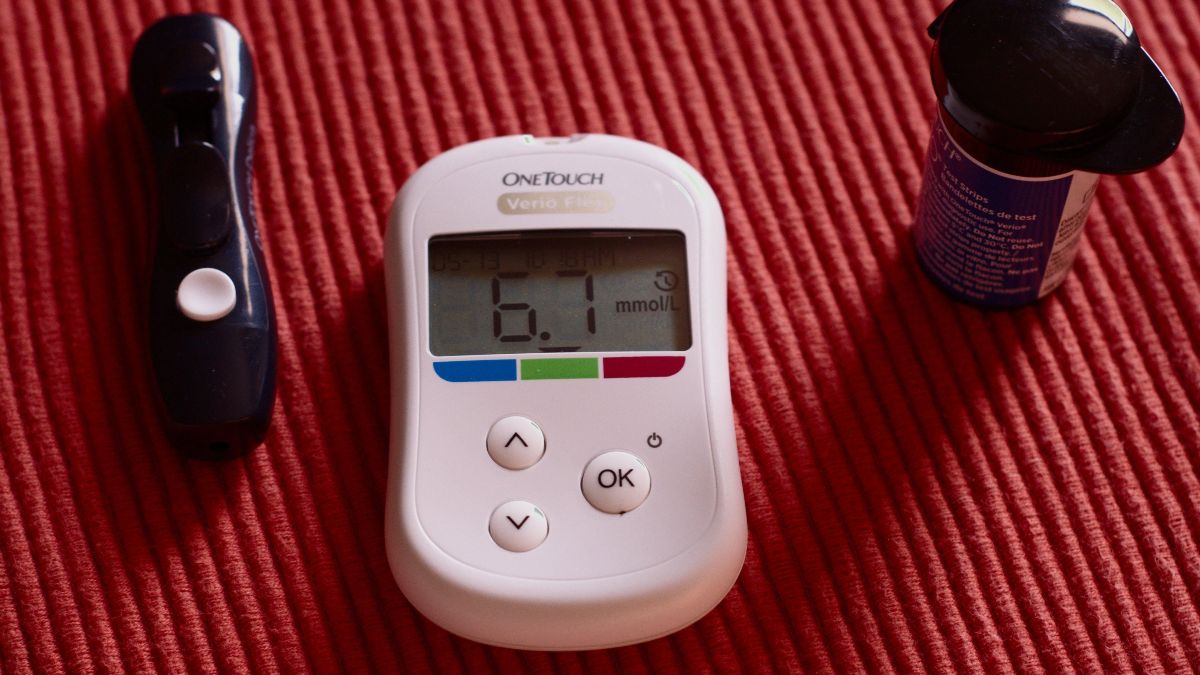What policies and processes are in place in your laboratory? In preparation for a laboratory inspection, this is the question you have at the forefront of your mind. We also have this question at the forefront of our minds too, but for different intentions and outcomes. A proficiency testing provider may experience a routine audit, as well as annual reviews of accepted analytes conducted by an accreditation agency, such as those conducted by the College of American Pathologists (CAP). The purpose of a proficiency testing audit is to provide you with the best experience when it comes to participating in our proficiency testing services. These processes of review and approval assure that you can use our proficiency testing services alongside your accreditation agency. In this article, we share with you an overview of the auditing process, and how it impacts you, the clinical laboratory.

An Inside Look at a PT provider
The Clinical Laboratory Improvement Amendments (CLIA) of 1988 are today’s standards for compliance and accreditation. Following the passage of CLIA ’88, laboratories that are reporting clinical results are mandated by law to attain CLIA certification with CMS. All CLIA-certified labs are also required to perform proficiency testing on regulated analytes with any CMS-approved proficiency testing provider. Accreditation agencies are approved to act on behalf of CMS as an accrediting body. In response, the College of American Pathologists, developed a routine process as an accreditation agency to accept PT providers. This process assures that any CAP-accredited laboratory may enroll with any PT provider that meets CAP’s requirements regarding the acceptability of materials, scoring processes, and transmission of data. Today, when CAP-accredited laboratories are choosing a PT provider, they are determining if the PT provider and the analytes they need are accepted by CAP.
In order for WSLH Proficiency Testing to be a CAP-accepted PT provider, CAP representatives audit WSLH PT services every 3 years. During the auditing process, WSLH PT shares data with CAP from laboratories that choose CAP for accreditation. The following are the kinds of questions WSLH PT answers in a CAP audit:
- Are laboratories getting the information they need?
- Is the information presented in such a way that is easy to understand?
- Does the PT provider maintain consistency in how their technical coordinators evaluate data?
CAP representatives conclude the audit by visiting our office at the Wisconsin State Lab of Hygiene in Madison, Wisconsin. This day-long visit includes a shared review and discussion of key findings in data. Review and discussion of data offer insights into issues that laboratories may be encountering throughout the proficiency testing process.
All regulated analytes that CAP-accredited laboratories select from a PT provider must pass through an annual approval process to be CAP-accepted. If an analyte is CAP-accepted, then CAP will accept the score transmission of a CAP-accredited laboratory from the PT provider. Every year PT providers have the opportunity to apply for CAP acceptance for an analyte by filling out a form and submitting it by July for potential approval the following year. At the very minimum, PT providers must have 20 data points for three events in a row for quantitative analytes. For qualitative analytes, PT providers need 10 data points for three events in a row. Beyond the review of grading data, there are other criteria that CAP uses in determining the acceptability of regulated analytes. The other information that CAP requests from PT providers include, but are not limited to:
- Instrumentation, methods used, and number of participants
- Participant summary data for events
- Number of challenges and shipments per year
- Supporting documentation for analyte specifications and event data
- A statement that all material vendors comply with specified product manufacturing standards
Not all regulated analytes offered by PT providers are approved by CAP; so, laboratories that want to use their materials to meet CAP’s accreditation requirements must first check with the appropriate PT providers. If you review WSLH Proficiency Testing’s clinical product catalog, you will see that any analytes that are not accepted by CAP are noted with an asterisk (*). When CAP-accredited laboratories approach WSLH PT to enroll, they know which analytes will meet their regulations with the CAP Laboratory Accreditation Program.
Routine audits and annual analyte acceptance conducted by CAP assure that we can serve and provide options to CAP-accredited laboratories. Aligning our services and processes with the CAP Laboratory Accreditation Program not only benefits CAP-accredited laboratories but all clinical laboratories that enroll with WSLH Proficiency Testing. Whether or not CAP is your accreditation agency, the findings we review in a CAP audit help us assure that our materials, from general instructions to evaluation reports and policies, are accurate, clear, and concise for all laboratories. This inside look into our partnership with CAP provides some insight into how we pursue collaboration, usability, and continual development to lay a solid foundation for laboratory improvement.




 By Kristine Hansbery
By Kristine Hansbery